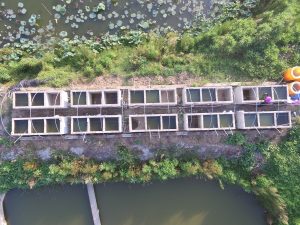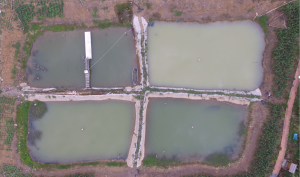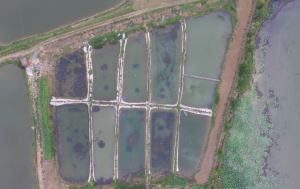No. 7 South Donghu Road, Wuchang District, Wuhan 430072, Hubei Province, China
Hai-Jun Wang
Please login or request access to view contact information.
33 experimental ponds (40,000 m2), 30 cement aquarium (1 m×1 m ×1 m each),a laboratory building with 6 labs (660 m2), a meteorological station, etc.
Total nitrogen (TN), total phosphorus (TP), and underwater light condition
The effects of high nitrogen on aquatic organisms and sediment phosphorus release; the effects of light condition on development of submersed macrophytes; Effect of nutrient loading on water quality and phytoplankton; factors affecting greenhouse gas emissions in fish ponds
Effect of nutrient loading, factors influencing submersed macrophytes, ecological restoration, eutrophication mitigation, greenhouse gas emission, internal phosphorus release, ecotoxicology and risk assessments, nitrogen pollution
The effects of high nitrogen on aquatic organisms and sediment phosphorus release; the growing condition for submersed macrophytes etc.
YSI ProPlus (Yellow Spring Inc., USA), spectrophotometer, illuminance meter (KONICA MINOLTA, T-10, China), unmanned aerial vehicle (DJI, Phantom 3, China), Daphnia Toximeter (bbe moldaenke cn, Germany), sampling equipment of water, pore water, sediment, macrophytes, zoobenthos, plankton, etc.
An apartment with 8 rooms and 1 yard (800 m2)
Peer-reviewed publication in recent 5 years
- Yu et al., 2015. Effects of high nitrogen concentrations on the growth of submersed macrophytes at moderate phosphorus concentrations. Water Research, 83: 385-395.
- Wang et al., 2017. Can short-term, small experiments reflect nutrient limitation on phytoplankton in natural lakes? Chinese Journal of Oceanology and Limnology, 35: 546-556.
- Li et al., 2017. Total phytoplankton abundance is determined by phosphorus input: Evidence from an 18-month fertilization experiment in 4 subtropical ponds. Canadian Journal of Fisheries & Aquatic Sciences, 74 (9): 1454-1461.
- Wang et al., 2017. Effects of high ammonia concentrations on three cyprinid fish: acute and whole-ecosystem chronic tests. Science of the Total Environment, 598: 900-909.
- Yu et al., 2017. Does the responses of Vallisneria natans (Lour.) Hara to high nitrogen loading differ between the summer high-growth season and the low-growth season? Science of the Total Environment, 601-602: 1513-1521.
- Yu et al., 2018. Higher tolerance of canopy-forming Potamogeton crispus than rosette-forming Vallisneria natans to high nitrogen concentration as evidenced from experiments in 10 ponds with contrasting nitrogen levels. Frontiers in Plant Science, 9.
- Ma et al., 2018. High ammonium loading can increase alkaline phosphatase activity and promote sediment phosphorus release: a two-month mesocosm experiment. Water Research, 145: 388-397.
- Yu et al., 2018. Reply to Cao et al.’s comment on “Does the responses of Vallisneria natans (Lour.) Hara to high nitrogen loading differ between the summer high-growth season and the low-growth season? Science of the Total Environment 601-602 (2018) 1513-1521.
 |
 |
 |
 |
